Addison’s disease or adrenal hypofunction is a rare disorder characterized by inadequate production of the steroid hormones cortisol and aldosterone by the outer layer of cells of the adrenal glands (adrenal cortex). Also called adrenal insufficiency, Addison’s disease occurs in all age groups and affects both sexes. Addison’s disease can be life-threatening.
Nursing Care Plans and Management
The nursing care planning goals for patients with Addison’s disease include maintaining optimal adrenal hormone balance, managing symptoms and complications, promoting fluid and electrolyte balance, preventing an adrenal crisis, providing patient education on medication management, and supporting psychological well-being and coping strategies.
Nursing Problem Priorities
The following are the nursing priorities for patients with Addison’s disease:
- Administer hormone replacement therapy (glucocorticoids and mineralocorticoids).
- Monitor electrolyte levels and manage any imbalances.
- Educate patients on the importance of medication adherence and stress management.
- Monitor adrenal function and adjust hormone replacement therapy as needed.
- Provide support and guidance for managing physical and emotional stressors.
- Educate patients on the signs and symptoms of adrenal crisis and the appropriate actions to take.
Nursing Assessment
Assess for the following subjective and objective data:
- Fatigue and weakness
- Chronic or recurrent muscle aches and pains
- Decreased appetite or weight loss
- Nausea or vomiting
- Abdominal pain or discomfort
- Dizziness or lightheadedness
- Salt cravings
- Mood changes or depression
- Darkening of the skin (hyperpigmentation)
- Hypotension, tachycardia
- Dehydration signs, such as dry mucous membranes or decreased skin turgor
- Weight loss or low body mass index (BMI)
- Low levels of cortisol and aldosterone
Nursing Diagnosis
Following a thorough assessment, a nursing diagnosis is formulated to specifically address the challenges associated with Addison’s disease based on the nurse’s clinical judgement and understanding of the patient’s unique health condition. While nursing diagnoses serve as a framework for organizing care, their usefulness may vary in different clinical situations. In real-life clinical settings, it is important to note that the use of specific nursing diagnostic labels may not be as prominent or commonly utilized as other components of the care plan. It is ultimately the nurse’s clinical expertise and judgment that shape the care plan to meet the unique needs of each patient, prioritizing their health concerns and priorities.
Nursing Goals
Goals and expected outcomes may include:
- The patient experiences adequate fluid volume and electrolyte balance as evidenced by urine output greater than 30 mL/hr, normotensive blood pressure (BP), heart rate (HR) less than 100 beats/min, consistent weight, and normal skin turgor.
- The patient’s nutritional status is optimized as evidenced by maintenance of weight and adequate dietary intake.
- The patient achieves adequate cardiac output (CO) as evidenced by strong peripheral pulses, normal vital signs, urine output greater than 30 mL/hr, warm and dry skin, and alert responsive mentation.
Nursing Interventions and Actions
Therapeutic interventions and nursing actions for patients with Addison’s disease may include:
1. Managing Fluid Volume
Addison’s disease is a condition where the adrenal glands do not produce enough hormones, including aldosterone, which regulates the body’s fluid and electrolyte balance. Without adequate aldosterone, patients may experience decreased sodium levels and increased potassium levels, leading to dehydration and electrolyte imbalances, and consequently an increased risk for deficient fluid volume. Therefore, careful monitoring of fluid and electrolyte balance is important in nursing care plans for patients with Addison’s disease.
Assess skin turgor and mucous membranes for signs of dehydration.
The patient will have dry skin and mucous membranes. Tenting of the skin will occur. The tongue may have longitudinal furrows.
Assess vital signs, especially noting BP and HR for orthostatic changes.
A BP drop of more than 15 mm Hg when changing from a supine to a sitting position, with a concurrent elevation of 15 beats per min in HR, indicates reduced circulating fluids.
Assess color, concentration, and amount of urine.
Urine volume will decrease, urine specific gravity will increase, and color will be darker.
Assess trends in weight.
Rapid weight loss will occur with fluid volume deficit.
Assess for fatigue, sensory deficits, or muscle weakness, which may progress to paralysis.
These are signs of hyperkalemia. Aldosterone deficiency leads to potassium retention by the kidneys.
Assess electrocardiogram rhythm, as available, for signs of hyperkalemia.
Signs of hyperkalemia are sharp-peaked T wave and widened QRS complex.
Assess additional indicated laboratory tests.
Abnormal laboratory findings include hyperkalemia (related to aldosterone deficiency and decreased renal perfusion), hyponatremia (related to decreased aldosterone and impaired free water clearance), and an increase in blood urea nitrogen (related to decreased glomerular filtration from hypotension).
Observe for petechiae.
Patient bruises easily.
Encourage oral fluids as the patient tolerates.
As sodium loss increases, extracellular fluid volume decreases. These interventions are necessary to prevent fluid volume deficit because the kidneys are unable to conserve sodium
Instruct the patient to ingest salt additives in conditions of excess heat or humidity.
Sweating increases sodium loss.
If an Addisonian crisis occurs: refer or admit the patient to an acute care setting.
Immediate hospital admission and treatment are needed because of the high mortality with the Addisonian crisis.
Instruct the patient to wear a medical alert bracelet and carry a wallet card.
In the event of trauma or injury, it is important to initiate appropriate therapy immediately.
Administer parenteral fluids as prescribed. Anticipate the need for an intravenous (IV) fluid challenge with an immediate infusion of fluids for patients with abnormal vital signs.
Normal saline is infused initially to restore fluid volume.
Administer Kayexalate.
See Pharmacologic Management
This ion exchange resin can be given orally or by enema to reduce potassium levels.
Administer replacement medications as prescribed or indicated: oral cortisone (Cortone), hydrocortisone (Cortef), prednisone, or fludrocortisone (Florinef).
See Pharmacologic Management
Cortisone and prednisone replace cortisol deficits, which will promote sodium resorption; Fludrocortisone is a mineralocorticoid for patients who require aldosterone replacement to promote sodium and water replacement. Acute adrenal insufficiency is a medical emergency requiring immediate fluid and corticosteroid administration. If treated for adrenal crisis, the patient requires IV hydrocortisone initially; usually, by the second day, administration can be converted to an oral form of replacement.
Assess ECG rhythm, as available, for signs of hyperkalemia. Remember, steroids administered in the late afternoon or evening may cause stimulation of the central nervous system.
May cause insomnia in some patients
Explain lifelong steroid therapy is necessary
The patient will need to take daily medication to replace the lost hormones. This should ensure patient continues to lead a normal life.
2. Promoting Nutritional Balance
Patients with Addison’s disease may experience decreased appetite, nausea, and vomiting, which can lead to inadequate intake of nutrients. Additionally, the disease can cause increased metabolism, leading to a higher need for nutrients. Therefore, it is important to monitor and provide adequate nutrition in nursing care plans for patients with Addison’s disease.
Assess appetite for the presence of nausea, vomiting, or diarrhea.
Cortisol deficiency can impair GI function, causing anorexia, nausea, and vomiting
Monitor trends in weight.
This provides documentation of weight loss trends. Weight loss is a common manifestation of adrenal insufficiency.
Assess foods that the patient can tolerate.
Appetite may increase with preferred and tolerable foods.
Monitor serum glucose levels.
Patients with adrenal insufficiency are likely to experience hypoglycemia. It may require an adjustment of insulin dosage.
Assess for salt cravings.
Aldosterone deficiency causes increased renal excretion of sodium.
Ask the dietician to provide a high-protein, low-carbohydrate, high-sodium diet.
The patient tires because of inadequate production of hepatic glucagon; the recommended diet prevents fatigue, hypoglycemia, and hyponatremia. The patient with primary Addison’s disease needs to increase salt intake by 5 g if any activity causes an increase in diaphoresis (activities in warm weather).
Keep a late-morning snack available.
In case the patient becomes hypoglycemic
Suggest the need for frequent small meals.
Inadequate caloric intake in meals may precipitate hypoglycemia. Promotion of oral intake maintains adequate blood glucose levels and nutrition.
Encourage rest periods after eating.
This is important to facilitate digestion.
3. Managing Decreased Cardiac Output
Addison’s disease can cause low blood volume and decreased peripheral vascular resistance, which can result in decreased cardiac output. This is because the heart has to work harder to maintain blood pressure and circulation, leading to an increased risk of cardiac complications. Therefore, careful monitoring of cardiac function and hemodynamics is important in nursing care plans for patients with Addison’s disease
Assess skin warmth and peripheral pulses.
Peripheral vasoconstriction causes cool, pale, diaphoretic skin.
Assess the level of consciousness.
Early signs of cerebral hypoxia are restlessness and anxiety, leading to agitation and confusion.
Monitor vital signs with frequent monitoring of BP. Include assessment for orthostatic hypotension. Anticipate direct intra-arterial monitoring of pressure for a continuing shock state.
Sudden development of profound hypotension may indicate an Addisonian crisis. Auscultatory BP may be unreliable secondary to vasoconstriction.
Monitor for dysrhythmias.
Cardiac dysrhythmias may result from a low perfusion state, acidosis, hypoxia, or electrolyte imbalance. Hyperkalemia is present in Addison’s disease.
Monitor urine output.
Oliguria is a classic sign of inadequate renal perfusion.
Monitor oxygen saturation through pulse oximetry or arterial blood gas results, as appropriate.
The patient will have decreased oxygen saturation.
Monitor temperature.
Hyperpyrexia can result from the hormonal and fluid imbalance and may be an early sign of crisis if accompanied by a sudden drop in BP.
If hemodynamic monitoring is in place, assess central venous pressure (CVP), pulmonary artery diastolic pressure (PAD), pulmonary capillary wedge pressure (PCWP), and CO.
CVP provides information on filling pressures of right side of the heart; PAD and PCWP reflect left-sided fluid volumes.
Minimize stressful situations and promote a quiet environment.
The patient’s normal response to stress is not functioning because he or she cannot produce corticosteroids. Stress can result in a life-threatening situation with Addisonian crisis.
Provide rest periods.
This prevents overexertion.
Assist the patient with activities, as needed.
The patient in crisis should be helped with all activities (turning, feeding, cleansing) to prevent overexertion.
If hypotension develops with signs of decreased CO, administer IV fluids rapidly. Administer glucocorticoid (IV hydrocortisone [Solu-Cortef]).
Fluids restore the patient’s circulating blood volume. Circulatory collapse does not respond to usual treatment (inotropes and vasopressors), and ultimately these patients require glucocorticoids to correct the shock state. Glucocorticoid therapy improves BP by potentiating the vasoconstrictor effect of norepinephrine. Glucocorticoids also cause the renal tubules to increase the reabsorption of sodium and water, thus increasing blood volume. In acute situations, it is better to err on the side of overtreatment with glucocorticoids than to inadequately dose the patient with adrenal hypofunction, which could result in an adrenal crisis. It is important to be aware of the patient’s risk for adrenal crisis and for adrenal insufficiency, including patients with Addison’s disease or patients with a history of ongoing glucocorticoid treatment, in which an illness or stressful experience could trigger a crisis if replacement therapy is not increased.
Administer antipyretics as needed for fever.
See Pharmacologic Management
4. Administer Medications and Provide Pharmacologic Support
The primary medications used in the treatment of Addison’s disease are glucocorticoids, such as hydrocortisone or prednisone, which replace the deficient cortisol hormone and help regulate various physiological functions. While mineralocorticoid replacement therapy with fludrocortisone may be prescribed to replace the deficient aldosterone hormone and maintain proper sodium and potassium balance. These medications are essential for managing symptoms and preventing adrenal crisis.
Kayexalate
This ion exchange resin can be given orally or by enema to reduce potassium levels.
Corticosteroids such as oral cortisone (Cortone), hydrocortisone (Cortef), prednisone, or fludrocortisone (Florinef).
Cortisone and prednisone replace cortisol deficits, which will promote sodium resorption; Fludrocortisone is a mineralocorticoid for patients who require aldosterone replacement to promote sodium and water replacement. Acute adrenal insufficiency is a medical emergency requiring immediate fluid and corticosteroid administration. If treated for adrenal crisis, the patient requires IV hydrocortisone initially; usually, by the second day, administration can be converted to an oral form of replacement.
Antipyretics
This helps reduce the continuing sodium and water losses from the fever.
Recommended Resources
Recommended nursing diagnosis and nursing care plan books and resources.
Disclosure: Included below are affiliate links from Amazon at no additional cost from you. We may earn a small commission from your purchase. For more information, check out our privacy policy.
Ackley and Ladwig’s Nursing Diagnosis Handbook: An Evidence-Based Guide to Planning Care
We love this book because of its evidence-based approach to nursing interventions. This care plan handbook uses an easy, three-step system to guide you through client assessment, nursing diagnosis, and care planning. Includes step-by-step instructions showing how to implement care and evaluate outcomes, and help you build skills in diagnostic reasoning and critical thinking.

Nursing Care Plans – Nursing Diagnosis & Intervention (10th Edition)
Includes over two hundred care plans that reflect the most recent evidence-based guidelines. New to this edition are ICNP diagnoses, care plans on LGBTQ health issues, and on electrolytes and acid-base balance.

Nurse’s Pocket Guide: Diagnoses, Prioritized Interventions, and Rationales
Quick-reference tool includes all you need to identify the correct diagnoses for efficient patient care planning. The sixteenth edition includes the most recent nursing diagnoses and interventions and an alphabetized listing of nursing diagnoses covering more than 400 disorders.

Nursing Diagnosis Manual: Planning, Individualizing, and Documenting Client Care
Identify interventions to plan, individualize, and document care for more than 800 diseases and disorders. Only in the Nursing Diagnosis Manual will you find for each diagnosis subjectively and objectively – sample clinical applications, prioritized action/interventions with rationales – a documentation section, and much more!

All-in-One Nursing Care Planning Resource – E-Book: Medical-Surgical, Pediatric, Maternity, and Psychiatric-Mental Health
Includes over 100 care plans for medical-surgical, maternity/OB, pediatrics, and psychiatric and mental health. Interprofessional “patient problems” focus familiarizes you with how to speak to patients.

See also
Other recommended site resources for this nursing care plan:
- Nursing Care Plans (NCP): Ultimate Guide and Database MUST READ!
Over 150+ nursing care plans for different diseases and conditions. Includes our easy-to-follow guide on how to create nursing care plans from scratch. - Nursing Diagnosis Guide and List: All You Need to Know to Master Diagnosing
Our comprehensive guide on how to create and write diagnostic labels. Includes detailed nursing care plan guides for common nursing diagnostic labels.
Other nursing care plans related to endocrine system and metabolism disorders:
- Acid-Base Balance
- Addison’s Disease | 3 Care Plans
- Cushing’s Disease | 6 Care Plans
- Diabetes Mellitus Type 1 (Juvenile Diabetes) | 4 Care Plans
- Diabetes Mellitus Type 2 | 20 Care Plans UPDATED!
- Diabetic Ketoacidosis (DKA) and Hyperglycemic Hyperosmolar Nonketotic Syndrome (HHNS) | 4 Care Plans
- Eating Disorders: Anorexia & Bulimia Nervosa | 7 Care Plans
- Fluid and Electrolyte Imbalances
- Gestational Diabetes Mellitus | 4 Care Plans
- Hyperthyroidism | 7 Care Plans
- Hypothyroidism | 3 Care Plans
- Obesity | 5 Care Plans
- Thyroidectomy | 5 Care Plans


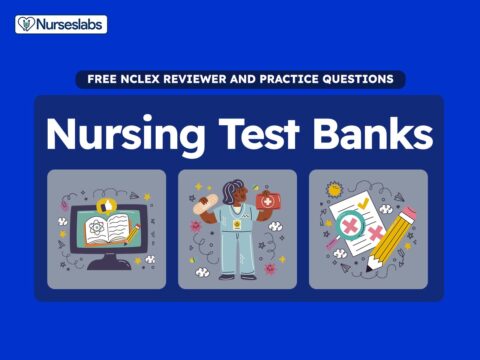
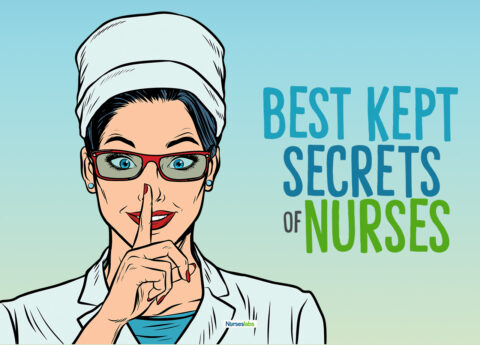

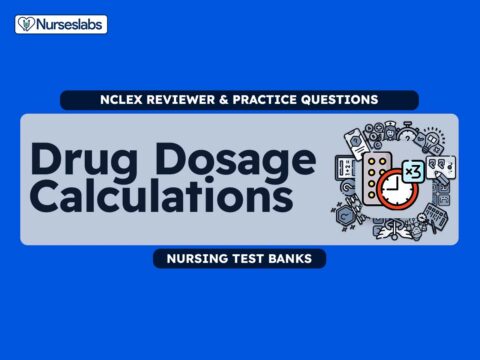


















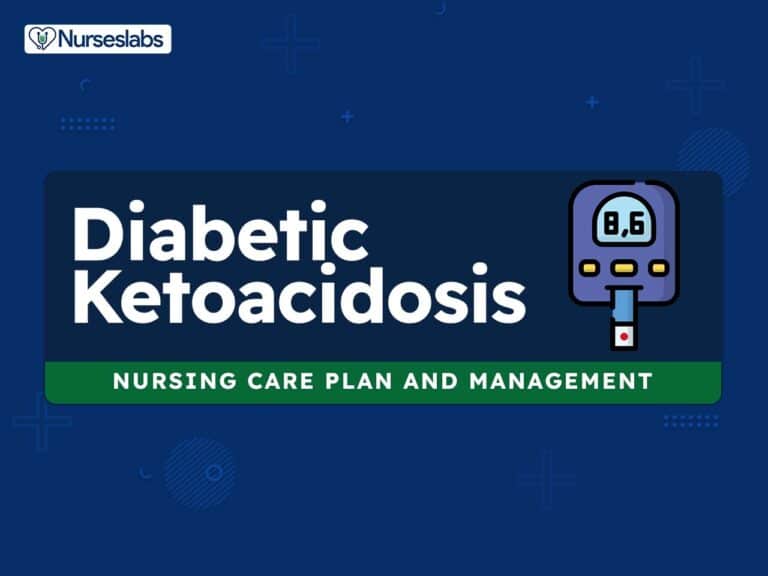



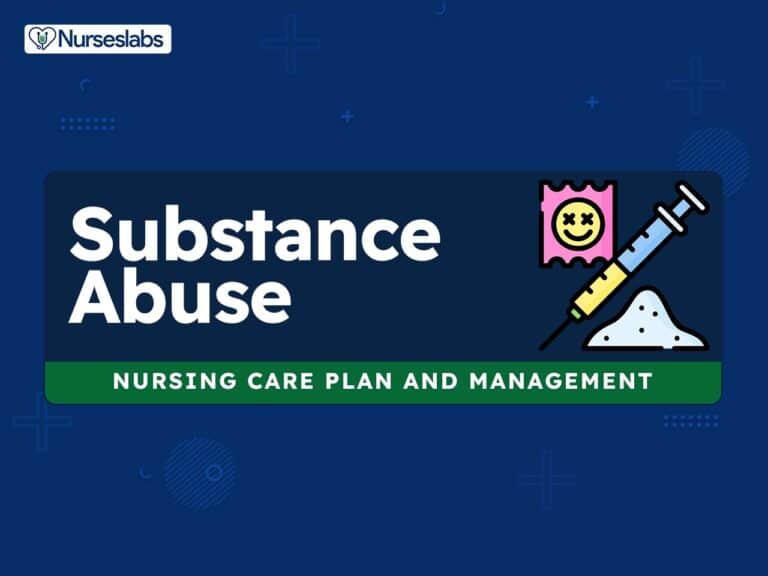
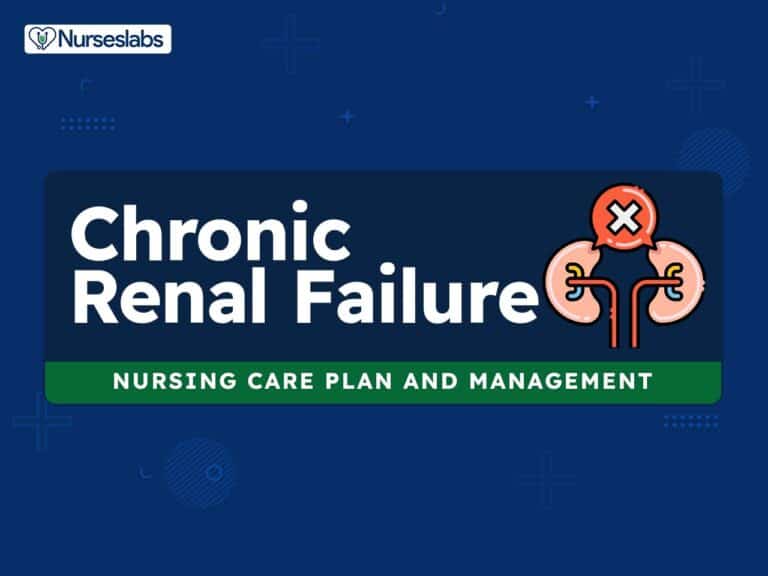
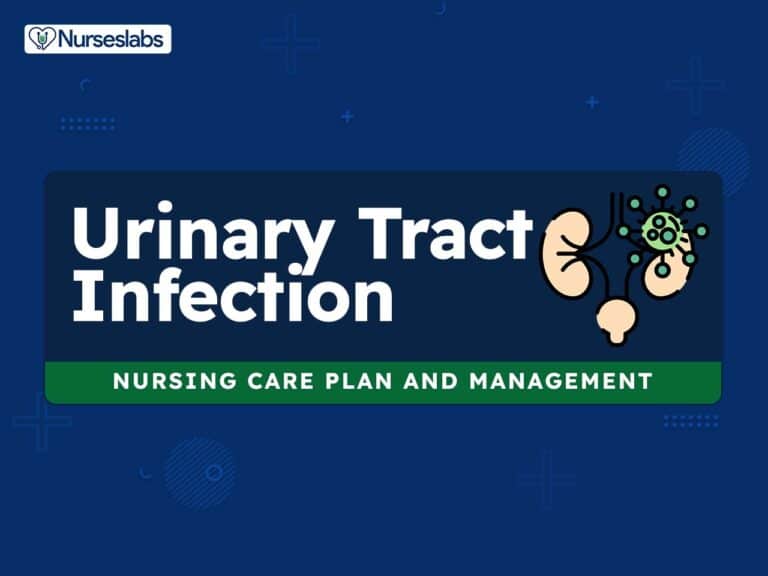
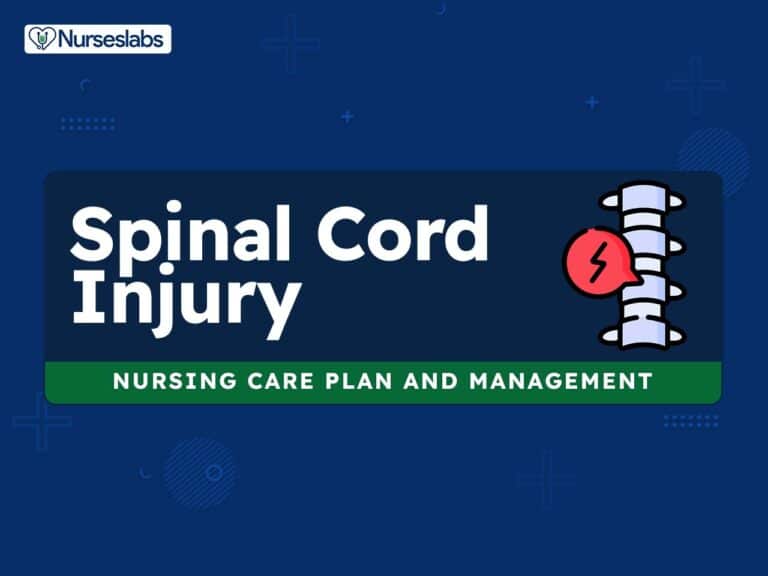
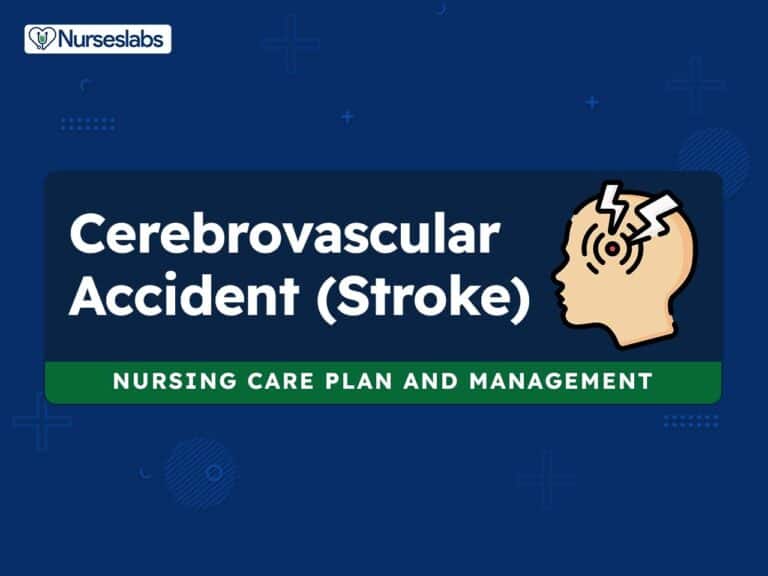



Leave a Comment